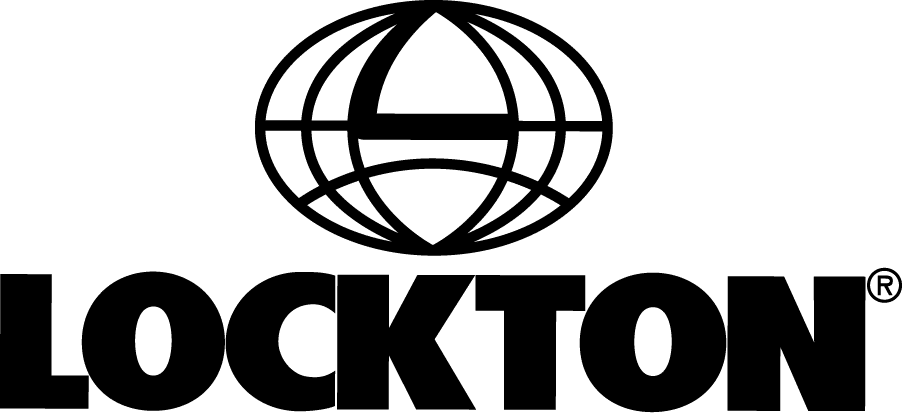
How a law firm achieved four-figure savings on insurance
Lockton partner Brian Boehmer discusses how the broker works closely with its clients to understand their business, eliminate insurer misunderstandings, and deliver significant cost savings
Insurance brokers play a critical role. Using in-depth knowledge of the insurance landscape and the available policies, they’re able to find the optimum solutions for their clients. But that’s not all. As part of its service, Lockton works to establish a complete understanding of its clients’ risks, and how they look to mitigate them. These insights shape a detailed critique of how clients present themselves to insurers, including actionable suggestions for improvement.
As a broker that prides itself on a bespoke approach to business, Lockton goes the extra mile to meet with its clients and understand their business, structure, culture, and clientele.
The benefit of benchmarking
Lockton reached out to a multiple-member practice law firm to discuss prospective solutions for the firm’s professional indemnity insurance (PII) cover. The firm’s business leaders agreed to meet in person. Although the firm was not dissatisfied with the service it received from its current representatives, it did have some concerns about the cost associated with its PII spend.
“During these detailed discussions, we offered to undertake a silent review of their arrangements and effectively benchmark their current placement against their peer group,” explains Brian Boehmer, Partner at Lockton, and leader of the broker’s dedicated solicitors’ team.
As part of the benchmarking exercise, Lockton would show the law firm how they compared to their peers across a number of factors, including their claims performance and insurance arrangements.
“Most notably, we looked at the limit of coverage they had purchased,” Brian explains. “Such information can be used to provide supporting evidence to a regulator that a firm is complying with its regulatory obligation to hold an appropriate level of coverage.”
Excess arrangements, and the overall cost of insurance would also be included in the exercise. “The results would either validate the clients’ current placement or identify if improvements could be made,” Brian adds. “We also critiqued their presentation to insurers, and gave them some recommendations for improvement.”
Room for improvement
Following the client’s agreement, Lockton undertook a full review. The report demonstrated that the law firm was performing well from a claims perspective, but could nevertheless achieve savings to its primary premium. Crucially, despite the firm’s policy excess — the amount they would be liable to contribute in the event of a claim was lower than the average appreciated by their peers. Lockton identified a cost disparity: the firm was paying above the average.
“While the lower excess contribution they appreciate may have provided justification for this, our research suggested that significant improvements could be made,” Brian says. Lockton encouraged the firm to elect a higher excess structure to complement and manage their overall spend.
What’s more, the report’s findings revealed that 60% of the law firm’s work fell within the category of ‘high/very high risk’. This was largely down to a significant proportion of residential conveyancing work.
Brian acknowledges that every insurer puts each work type into different risk categories, but he stressed the need for firms to take a proactive approach when it comes to their presentation. “To aid negotiations on their behalf, we recommended that the firm provide additional supporting information to insurers, articulating how they undertake any high-risk work and why it should be considered lower risk,” he says.
“Valuable information includes transaction values, or detailing the risk management procedures involved,” Brian continues. “This allows any insurers that we approach on our clients’ behalf to truly understand their business and the work they do.”
Four-figure savings
After receiving the report, the firm agreed to work with Lockton, albeit not exclusively. It continued to instruct its current representative to source renewal terms from insurers. Brian explains, “Lockton would then cover the remaining PII marketplace, and approach all the insurers the firm was unable to reach directly.
“Pleasingly, they took our advice, and provided a presentation to insurers in line with our recommendations,” Brian adds.
The quality of the presentation meant that Lockton delivered the suggested premium, including a four-figure saving compared with the law firm’s previous PII spend, despite growth in their fee income. The firm also appointed Lockton as its PII representative.
Looking ahead, Brian emphasises the need for firms to focus on educating insurers. He says: “Underwriters often have a pessimistic perception of the risks involved with a given specialism. Any information that can eliminate that perception and deliver a greater understanding of the actual risks involved, can have a positive impact on pricing.”

Ridley & Hall elevates its technology with PracticeEvolve’s innovative case management software



